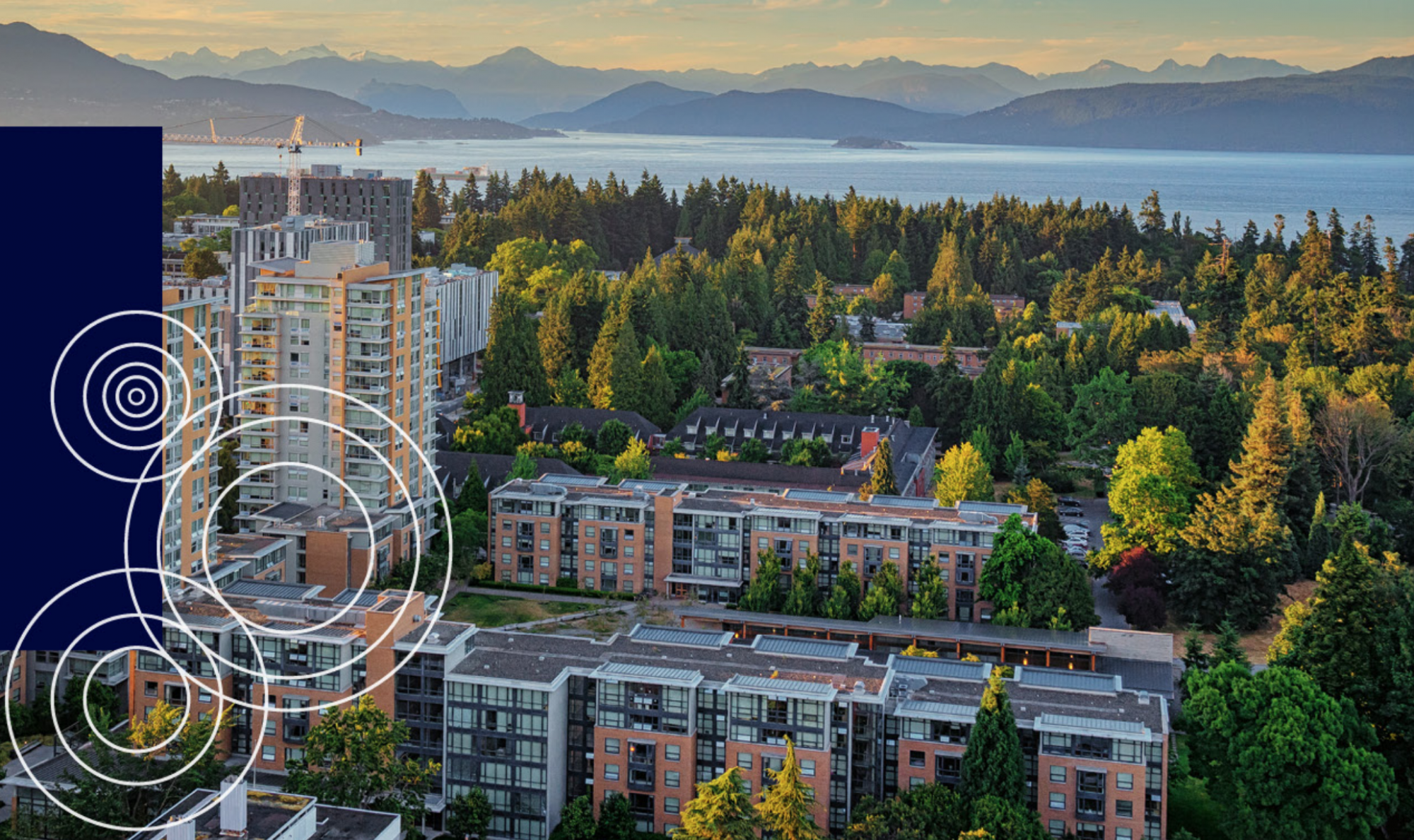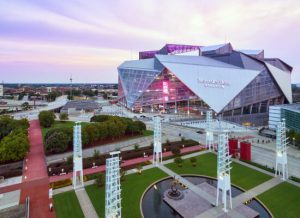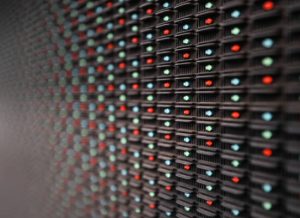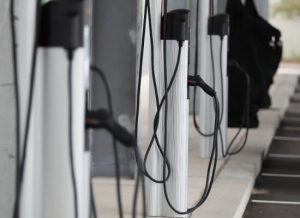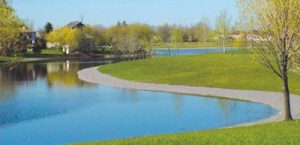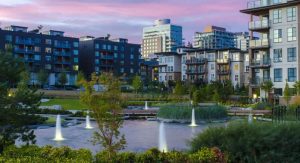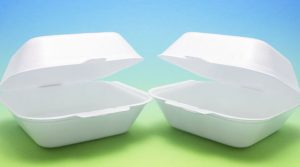
Polystyrene, commonly known as Styrofoam, can take a million years to break down! That is a long time, and it can have a major impact on landfills as well as on our health. Currently polystyrene makes up about 30% of US landfills, but did you know it is actually recyclable. It doesn’t need to go to the landfill at all. In Canada about 35% of municipalities recycle polystyrene (Plastics.ca).
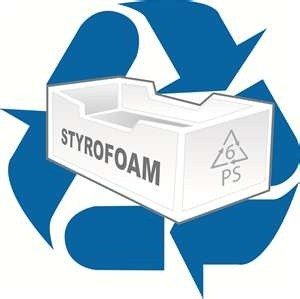
While there are a number of ways to work with polystyrene at the end of its life, the best course of action in to reduce its use. Polystyrene is used in almost every industry and has characteristics that make it good for storing and packaging items. As more alternatives become available for these uses, the first step should be to reduce its use. Vancouver is taking a lead in this area as they implement a Single Use Item Reduction Strategy (City of Vancouver, 2018).
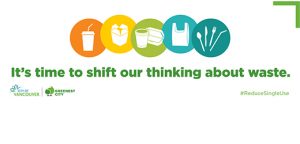
When reduction has taken place and polystyrene is only being used when it absolutely needs to be, the best end of life strategy is to recycle it. As a product that is made up of 90% air, the challenge with recycling polystyrene is the transportation costs as it takes up a lot of space. A solution to this is to put it through a compactor process before shipping it to a recycling facility. This not only increases the amount that can be transported per truck by twenty times, but also increases the value of the recycled material (Plastics.ca). Once recycled, polystyrene, as a thermos plastic, is used in a number of applications including being shredded for further packaging or being condensed into picture frames and hangers (EcoMENA, 2013).
Overall polystyrene presents a challenge to the waste industry as it is commonly used and often misunderstood. Utilizing proper waste management techniques and looking at the processes set out in the Circular Economy framework, we can work together to reduce the waste in our landfills and redirect the polystyrene to a better end of life use.
Sources:
City of Vancouver. (2018) Single-Use Item Reduction Strategy. Retrieved from: https://vancouver.ca/green-vancouver/single-use-items.aspx
EcoMENA. (2013) Dealing With Polystyrene Wastes. Retrieved from: https://www.ecomena.org/polystyrene-wastes/
Plastics.ca. (N.D.) Polystyrene. Retrieved from: https://www.plastics.ca/PlasticTopics/RecyclingPlastics/RecyclingPlasticFacts/Polystyrene
